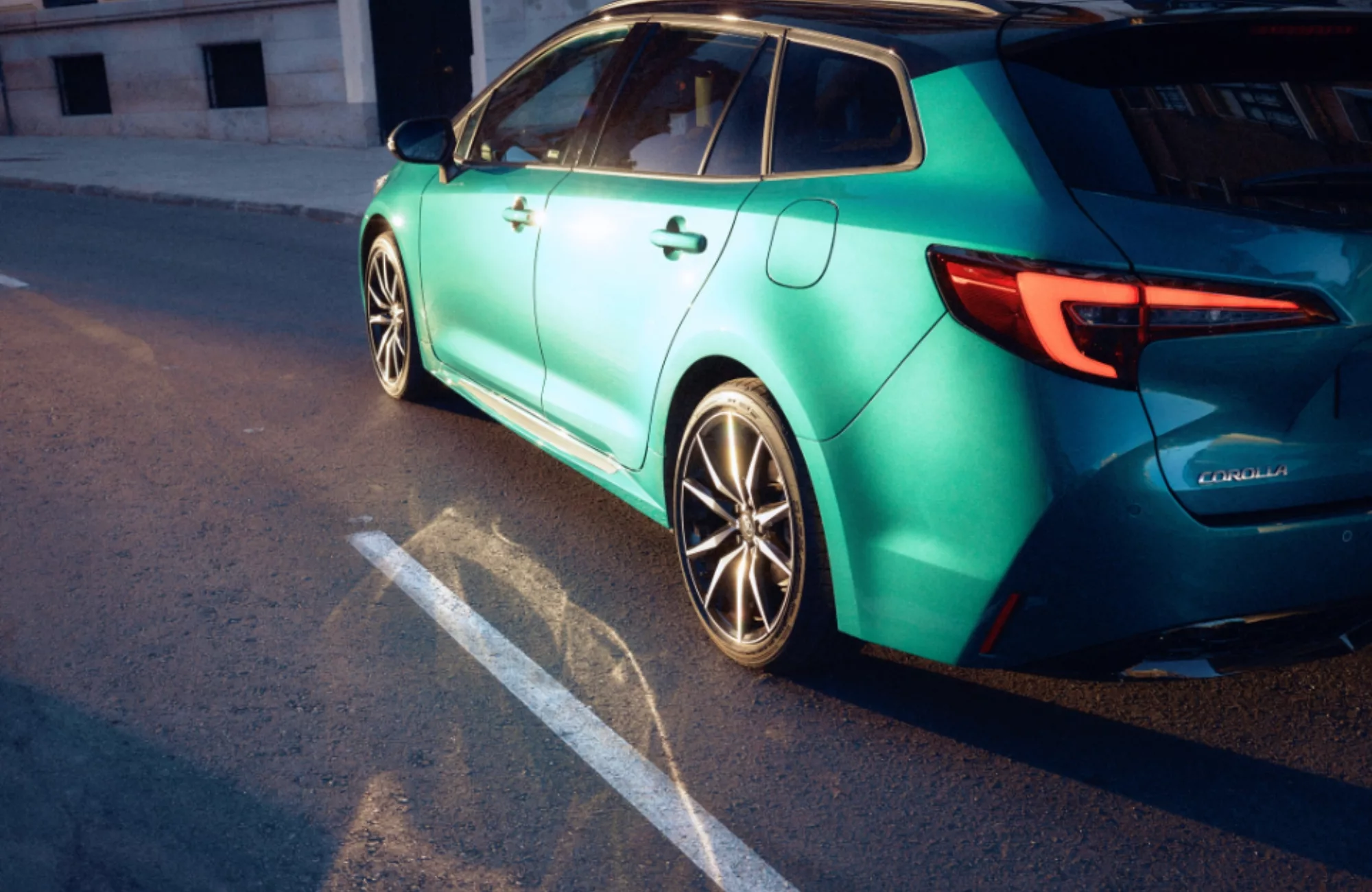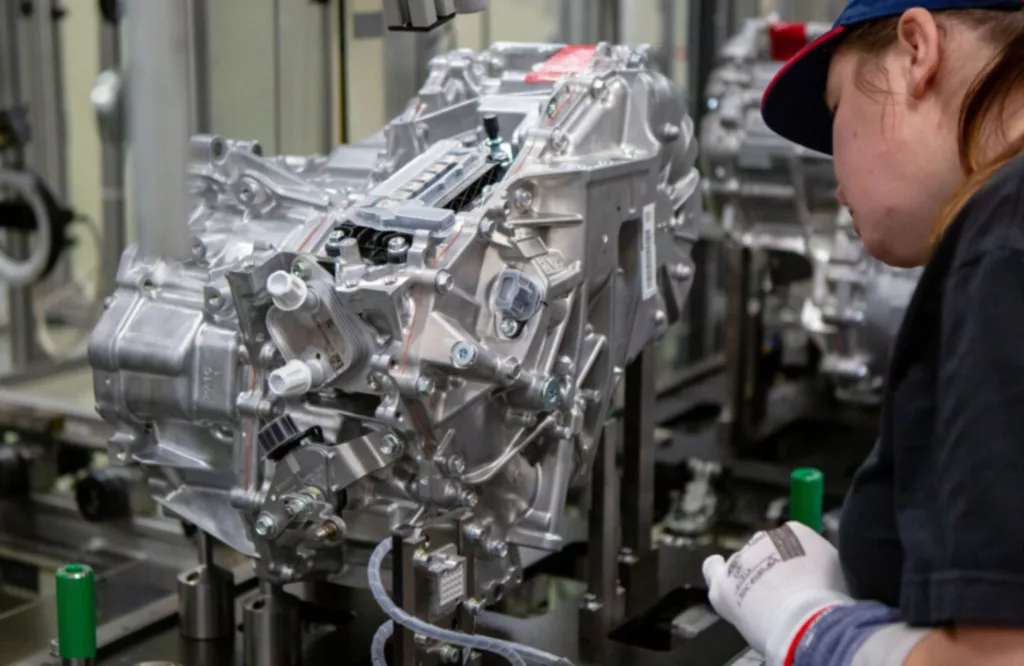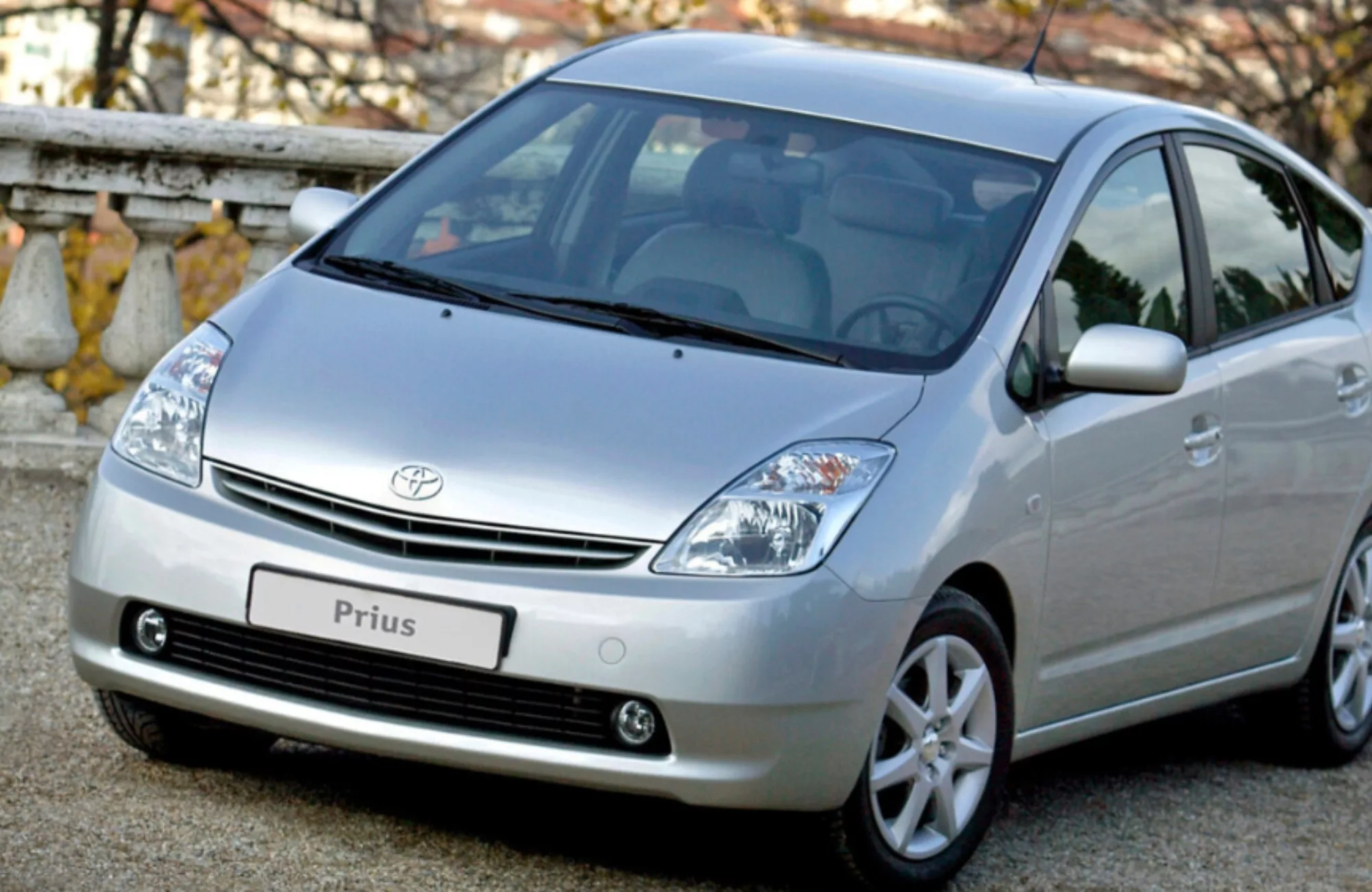
What is a hybrid car?
As part of our car subscription, we offer several hybrid cars at KINTO. But what is a hybrid car? And how is it different from an all-electric or traditional fuel car? Each type of car has its own pros and cons. Read on to discover more about the hybrid car.
The definition of a hybrid car
A hybrid car combines the benefits of both a fuel and an electric car. Hybrid cars are equipped with two engines: a combustion engine and an electric motor. The combustion engine uses fuel such as petrol or diesel, while the electric motor draws energy from the battery where the energy is stored.

How does a hybrid car work?
There are different types of hybrid cars. In some hybrid cars, the electric motor supports the combustion engine, for example while accelerating or climbing a hill. This results in more fuel efficiency, which is good for both the environment and your wallet.
In other hybrid models, the electric motor can take over driving completely, so you can drive short distances entirely on electricity. When the battery runs down, the car automatically switches to the fuel engine.
With smart technology, the car switches seamlessly between engines, so you always get the best possible experience with the lowest possible emissions. Plus, most hybrid cars charge themselves while driving, especially during braking.
Toyota Prius: the first hybrid
In 1997, Toyota introduced their first hybrid car on the market: the Toyota Prius. After more than 20 years, the Toyota is still an important brand in the hybrid segment. As the third brand of the Toyota Motor Corporation, KINTO is proud of this history and therefore also offers several hybrid Toyota models. Discover our Hybrid Toyota models.

Different types of hybrid cars
There are various types to choose from within hybrid cars:
- Full hybrid: A full hybrid car can run both entirely on the electric motor and on the combustion engine. So either you drive all-electric, or you use the combustion engine.
- Half hybrid: Also known as mild hybrid, with this type you can’t drive on electricity alone. The electric motor supports the fuel engine, but they do not work independently of each other.
- Plug-in hybrid: These are hybrid cars that you can also charge. Often they also charge while driving. Because you can recharge them, these cars can generally drive fully electric for longer stretches, which further lowers emissions.
- REEV (Range Extended Electric Vehicle): A REEV car is similar to a plug-in hybrid, but has a larger battery and a smaller fuel engine. This allows the car to run on electricity for an extended period, and the fuel engine is only used to charge the battery. This is basically an all-electric car.
Find more information on the different types of hybrid cars.
Pros and cons of a hybrid car
A big advantage of a hybrid car is its lower fuel consumption, which means you need to fill up less often and emit fewer pollutants. In addition, charging the battery is cheaper than filling a fuel tank, which is good for your wallet. Hybrid cars also generally drive more quietly than traditional fuel cars.

Hybrid cars perform best in the city, where braking and acceleration are often needed.
A disadvantage of hybrid cars is that they offer a bit less space due to the extra engine. In addition, the quiet performance of the electric motor can reduce the driving experience for some drivers. With plug-in hybrids, you also have to take into account regular battery charging to get the full benefits.
Interested in a hybrid car?
Are you looking to drive a hybrid car without a big investment or BKR registration? Then explore our range of hybrid car subscriptions at KINTO.